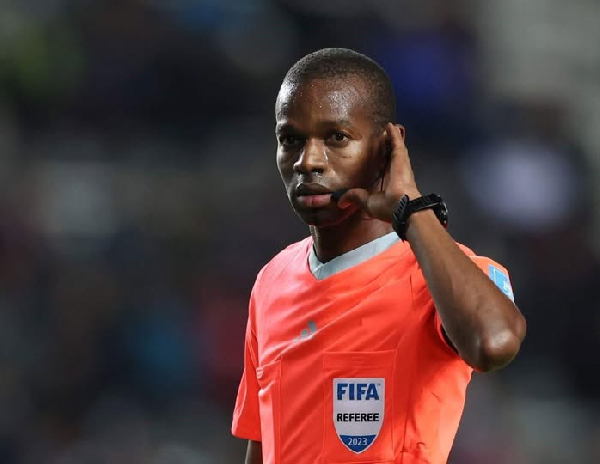Opinion: FIFA's Club World Cup Deemed Flawed Yet Valuable

The football world is currently witnessing a stark 'David versus Goliath' scenario as the newly revamped FIFA Club World Cup kicks off. This tournament pits amateur teams, such as Auckland City FC, against European giants like Bayern Munich. Auckland City FC’s squad, composed of storemen, job site managers, barbers, sales representatives, and real estate agents, has had to take annual leave just to participate, highlighting the vast disparity between them and professional powerhouses.
This expanded version of the Club World Cup features 32 teams and will be played every four years, with hosting rights for 2029 still open for bids, including from Australia. However, the tournament is not without its controversies. Its overly ornate golden trophy, unveiled by FIFA president Gianni Infantino alongside Donald Trump, conspicuously features Infantino’s name twice, underscoring what many critics call his “vanity project” and a move in the ongoing cold war between FIFA and UEFA.
Further issues include the broadcasting deal, where DAZN acquired global rights for a reported $1 billion, a sum widely considered excessive given the lack of interest from other broadcasters. This funding is tied to SURJ Sports Investments, a fund linked to Saudi Arabia’s Public Investment Fund, with strong indications that the deal was part of a quid pro quo for Saudi Arabia to secure hosting rights for the 2034 World Cup.
The tournament’s location in the United States, amidst political volatility and concerns about fan interest, has also drawn criticism. FIFA has had to significantly drop ticket prices due to scarce attendance for most games. The timing is another major concern; held at the end of an already expanded season for UEFA competitions, players and clubs report being pushed beyond their breaking point, making it difficult for them to take the tournament seriously.
The prize money structure has also ignited debate. With a total prize pool of US$1 billion, the distribution is on a sliding scale. Even simply participating, Auckland City FC will pocket US$3.58 million, while teams from Asia, Africa, and North and Central America will receive nearly US$10 million. Critics argue that these enormous sums for amateur or less professional clubs could financially destabilize domestic leagues worldwide. Paradoxically, European clubs, eyeing up to US$80 million for winning, seem unbothered by these concerns and are reportedly discussing expanding the next tournament to 48 teams, mirroring the World Cup format for national teams.
Despite its many flaws and the significant baggage it carries, the Club World Cup offers a unique opportunity for global football. It has the potential to “share the love” by allowing clubs from diverse regions, such as Egypt’s Al Ahly, Japan’s Urawa Red Diamonds, Brazil’s Flamengo and Fluminense, Argentina’s River Plate and Boca Juniors, and even Auckland City, to compete on equal terms with the likes of Chelsea, Bayern, Juventus, Real Madrid, and Manchester City. This increased global exposure is beneficial, as seen with media outlets dedicating coverage to clubs like Mamelodi Sundowns. While imperfect and deeply problematic in certain aspects, the tournament promises exciting football, potential upsets, and a career-defining experience for many players, coaches, and fans, making it potentially worth the investment of time.











